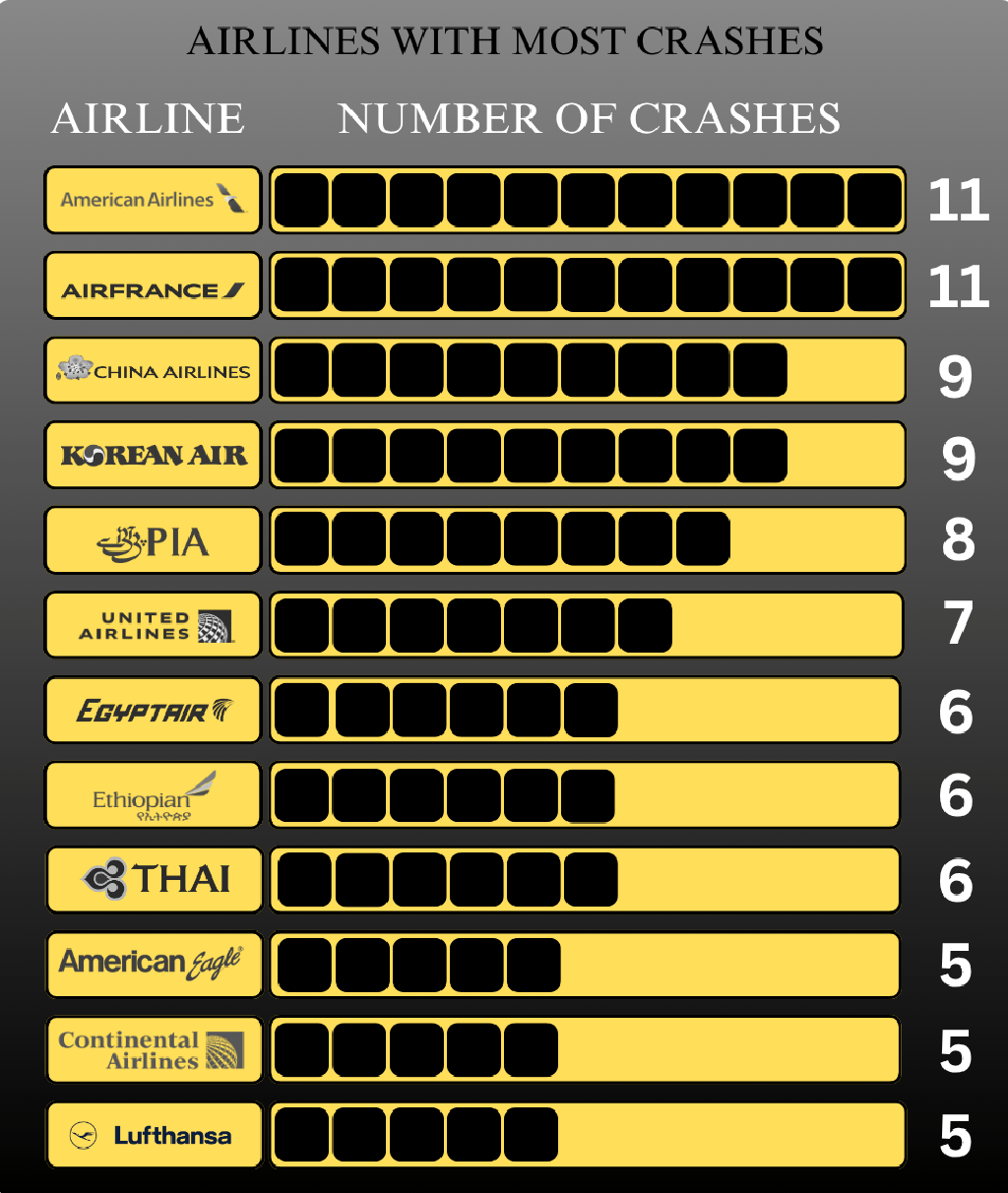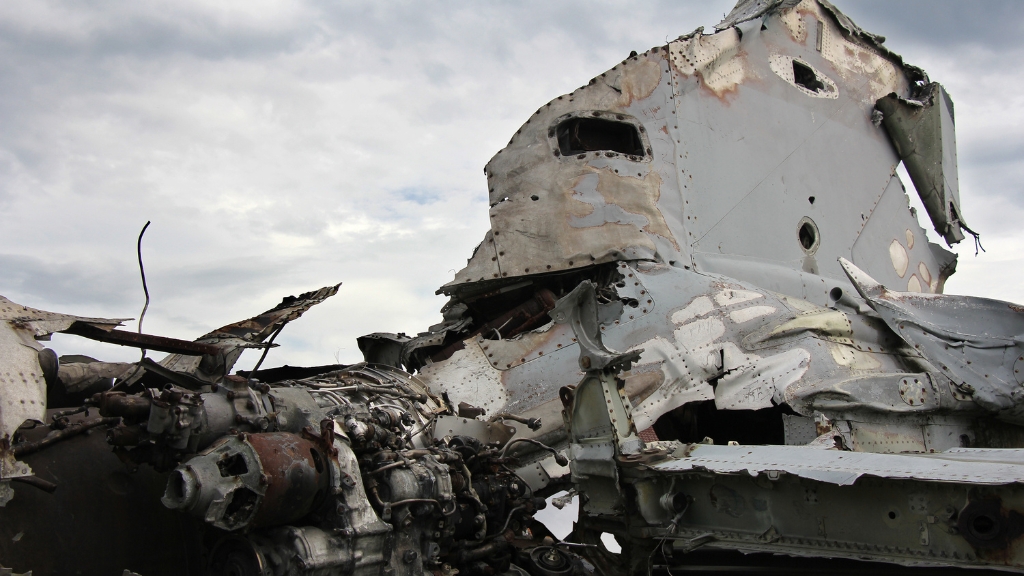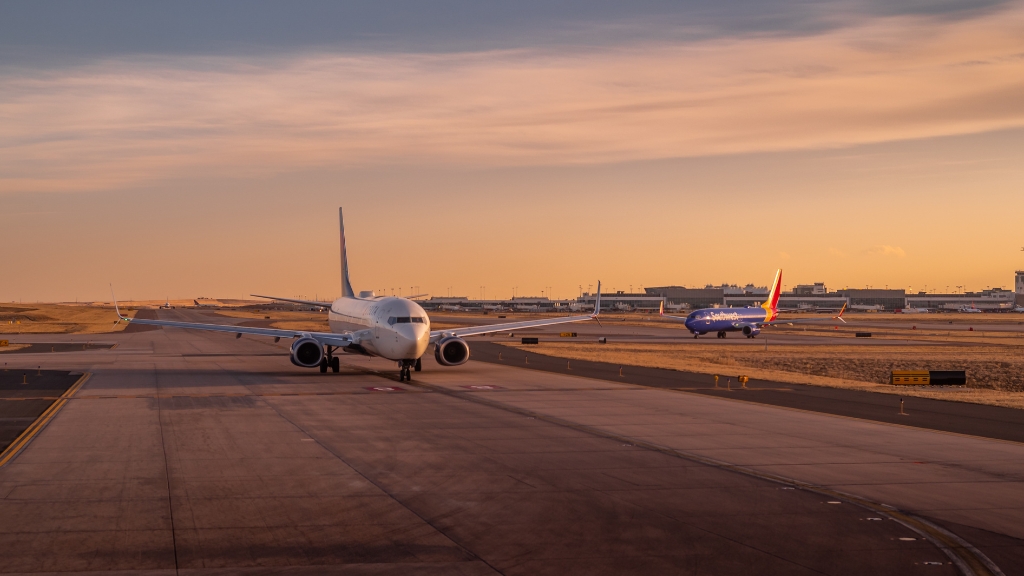Ever been on a plane and thought, “I wonder how many times this airline has crashed?” Probably not. People don’t ask that. They just want coffee, legroom, and to land without feeling it.
But crash records exist. Some airlines have been involved in more accidents than others. These numbers come from public investigations, official reports, and safety databases.
American Airlines and Air France top the list, each with 11 major crashes. China Airlines and Korean Air follow with 9. Pakistan International Airlines has 8.
Many of these crashes happened decades ago, but some are recent. In 2020, a PIA flight crashed in Karachi, killing 97 people. In 2022, China Eastern Flight 5735 nosedived mid-flight and left no survivors. Both raised serious questions about pilot training, maintenance, and oversight.
Crashes don’t always mean an airline is unsafe today. But a long accident history often points to problems that went unchecked for years. And some airlines only improved after repeated disasters forced action.
These records aren’t front and center when booking a ticket, but they matter. Not to scare, but rather to just be honest about how some reputations were built.
Airlines With the Most Recorded Crashes(Commercial Flights Only)

The crash numbers below are sourced from public aviation safety records, including data from the Federal Aviation Administration (FAA) and the International Air Transport Association (IATA). Only commercial passenger flights are included.
Cargo, private, and military flights are excluded from these totals. The numbers represent full aircraft losses or fatal crashes confirmed through official reports.
Older airlines appear higher on the list simply because they have flown for longer and operated more routes.

The chart looks brutal at first glance, but every number has a story behind it.
And you have to be aware that the leaders in airline crashes in this list operate for a very long time. Therefore, that doesn’t mean that they are more dangerous and less safe. It’s actually the opposite, American Airlines and Air France, along with other companies listed in the chart, are known as the most developed airlines in the world.
American Airlines
This company faced a total of 11 commercial airline crashes in its history.
In 1962, a Boeing 707 went down near New York during stormy weather shortly after takeoff. Investigators focused on engine and control problems in conditions that pushed both the aircraft and the crew to the edge. The accident became one of several that forced tougher standards for jet operations out of busy hubs.
We also have to mention the 5 airline crashes that Continental Airlines faced.
Air France
They share the same number as the American company.
Six years later, in 1968, a Caravelle headed for Ajaccio crashed on a night approach over Corsica. Pilots flew through shifting clouds and limited visual cues, relying on navigation aids that would be considered crude by the standards active today. The loss fed into a broader push to improve approach procedures at difficult coastal airports.
China Airlines
The number of commercial airplane crashes the Chinese company faced is 9.
A fatal Airbus A300 accident at Nagoya in 1994 exposed serious breakdowns in communication between the captain and the first officer. Confusion over automation settings and authority in the cockpit turned a routine arrival into a fatal dive, and the outcome pushed carriers across Asia to rethink crew training and cockpit culture.
Korean Air
The Korean company also faced 9 crashes.
Korean Air Flight 801 crashed near Guam in 1997 after the crew descended below the required altitude during an approach in poor weather, slamming into terrain short of the runway.
Pakistan International Airlines
The major airline company from Pakistan has a tragic history with 8 commercial airplane crashes.
PIA’s count includes a 1965 crash near Cairo involving an aging Lockheed airliner on a long regional leg. The event underlined how carriers in developing markets often flew older aircraft through demanding environments with far fewer backups than large North American and European airlines enjoyed.
Others Further Down the List
Egypt Air
The history of the main Egyptian airline company includes a 1976 Boeing 707 that crashed near Bangkok after a hydraulic failure left the crew with almost no control authority. Their total is 6.
Ethiopian Airlines
Ethiopian Airlines lost an aircraft near Jimma in 1981 during operations in high-altitude terrain with limited terrain-warning support. This company also had 6 commercial airplane crashes.
Thai Airways
Thai Airways Flight 261 crashed in Surat Thani in 1998 during a night landing attempt in heavy rain, killing more than 100 people after several go-around attempts failed to stabilize the approach. This is one of 6 cases that includes the company from Thailand.
Lufthansa
The total number of crashes includes the 1974 loss of a 747 shortly after takeoff from Nairobi, after a structural failure. Lufthansa experienced 5 airplane crashes in its history.
Deadliest Airplane Crashes From Major Airlines
Many airline crashes did not result in fatalities. On the other hand, we have experienced some tragedies that have left a permanent mark on the aviation industry.
- Air France Flight 447 (2009) crashed into the Atlantic en route from Rio de Janeiro to Paris, killing all 228 aboard.
- China Airlines Flight 611 (2002) disintegrated mid-air due to faulty repairs, with 225 lives lost.
- United Airlines Flight 389 (1965) crashed on approach to Salt Lake City, killing 43 of 91 passengers.
- Thai Airways Flight 365 (1987) crashed near Phuket, killing all 83 people on board.
- Ethiopian Airlines Flight 302 (2019) when A Boeing 737 MAX crash that led to a global grounding of the model.
Aviation Safety in 2025
Plane crashes always grab attention.
News coverage can make flying seem risky, but the facts tell another story. Commercial air travel remains one of the safest ways to cover long distances.
Think back to 2009. US Airways Flight 1549 lost both engines right after leaving New York. Birds hit the engines, and the plane had no power. The captain, Chesley Sullenberger, managed to land in the Hudson River. Everyone on board made it out alive. People called it the “Miracle on the Hudson” for a reason. Training, fast thinking, and teamwork made the difference. Thanks to them, this flight is not present in our statistics about airplane crashes.
Safety in aviation keeps rising. The airplanes today have smart systems that catch problems early. Regulations stay tight, with nonstop checks on both crews and equipment. Pilots go through hours of flight simulations to stay sharp for rare events. Look at how many flights land safely every single day. The numbers don’t lie.
The U.S. Aviation Record in 2024
View this post on Instagram
In 2024, reports showed 1,417 aircraft accidents in the United States.
Only a small number of the reported accidents involved passenger jets. The National Transportation Safety Board confirmed that nearly every major U.S. airline completed the year without a single fatal crash.
That record came to an abrupt end in January 2025, when a regional American Airlines jet collided with a U.S. Army Black Hawk helicopter near Washington, D.C. Sixty-seven people were killed. It was the first fatal accident involving a U.S. commercial airline in sixteen years.
The crash sent shockwaves through an industry that had built a reputation for near-flawless safety.
Aviation experts speaking to CNN made it clear the system still works. But they didn’t ignore the warning signs. Behind the strong record are growing strains. Many air traffic control towers remain understaffed. Airspace above major cities is more crowded than ever. Much of the radar infrastructure in use today dates back decades and struggles to handle the current demand.
Captain Dennis Tajer, a pilot for American Airlines and a spokesperson for the Allied Pilots Association, summed up the stakes in a single sentence: “Complacency has no place in our skies.”
The Situation Around the World
In 2024, airlines worldwide operated about 40.6 million commercial flights. Only seven ended in fatal crashes, with 244 total deaths. That equals one deadly accident for every six million flights.
Few industries can claim a safety record that strong.
The numbers stand out more when compared with everyday life. Around 1.2 million people die in road crashes each year, according to the World Health Organization. Trains and ships account for thousands more. Air travel, in contrast, moves more than four billion passengers a year. The odds of dying in a commercial plane crash are close to one in ten million.
Even major disasters, like the crash of a Yeti Airlines flight in Nepal in 2023, are outliers. Most flights land without issue.
Comparison of Accident Types
It’s important to separate different aviation operations.
| Type of Aircraft Operation | Share of All Accidents | Share of Fatal Accidents |
| Personal/General Aviation (e.g., single-engine planes) | ~80% | ~72% |
| Commercial Passenger Airlines | <15% | <20% |
| Cargo/Other Operations | Remaining | Remaining |
The term “plane crash” often brings to mind a packed passenger jet going down.
In reality, most accidents happen in non-commercial aviation: private flights, training sessions, or recreational trips.
Why Do Some Airlines Have More Crashes?

Crash numbers tied to an airline don’t always show how safe it is today. Some airlines appear at the top of accident lists for reasons that have more to do with history than current risk.
Longer History
Airlines like American and Air France have been flying for nearly a century.
More years in the sky mean more total flights. That alone raises the chance of being involved in incidents over time.
Older Standards, Different Era
A lot of recorded crashes happened decades ago, when aviation looked very different.
Planes lacked warning systems, radar was limited, and pilot training wasn’t what it is now.
The tools to prevent accidents simply didn’t exist then. That’s not the case anymore.
Safety Depends on Where You Operate
Some airlines deal with tougher conditions. Countries with weaker oversight, fewer resources, and aging infrastructure tend to have more accidents.
Airlines based in North America or Europe operate under strict rules and stronger systems.
Mergers Change the Numbers
Big carriers often absorb the records of others. United’s numbers include Continental’s accidents after their 2012 merger.
The same happens with American and its regional partner, American Eagle. Those numbers stack up and can give a misleading picture.
Factors That Influence Aviation Safety Today

Modern aviation is far safer than it was a few decades ago. Better equipment, tighter regulations, and improved training have changed the industry.
Even so, a few key areas still shape how accidents happen and how the public reacts when they do.
Pilot Error
Human mistakes still play a role in some crashes. But that role has dropped sharply due to better training methods.
One key shift was the introduction of Crew Resource Management. It pushed pilots to rely on teamwork, stay sharp under pressure, and speak up when something doesn’t feel right.
Aircraft Systems
Collision alerts warn pilots of other aircraft nearby. Terrain warnings help avoid crashes into mountains or runways. Satellite navigation now tracks aircraft even in remote parts of the world.
The advanced level of coverage makes it harder for things to go unnoticed.
Regulators and Oversight
Airlines must follow strict rules on maintenance, training, and reporting. Planes get inspected. Safety audits happen constantly.
Public Fear vs. Actual Risk
Even with all the progress, crashes still make headlines. When one happens, it spreads fast and hits hard. But the numbers haven’t changed. Flying remains one of the safest ways to travel.
MIT statistician Arnold Barnett put it simply. To face the odds of dying in a plane crash, a person would have to fly once a day for 55,000 years.
Driving doesn’t come close to that level of safety, but it doesn’t trigger the same fear.
Bottom Line
@jacobmhoff Follow and Share! @Samantha Wynn Greenstone #airplane #flying ♬ original sound – Jacob Hoff
While American Airlines and Air France top the list with 11 crashes each, crash statistics must be read in context.
Most major carriers have significantly improved their safety performance, and aviation today is safer than ever. In fact, despite isolated tragedies, 2024 saw only 7 fatal crashes out of more than 40 million flights worldwide.
For passengers, the key takeaway is simple: commercial aviation remains one of the safest forms of travel ever created, thanks to continuous improvements in technology, regulation, and pilot training.
Read Next: Car Accidents by State in 2025


